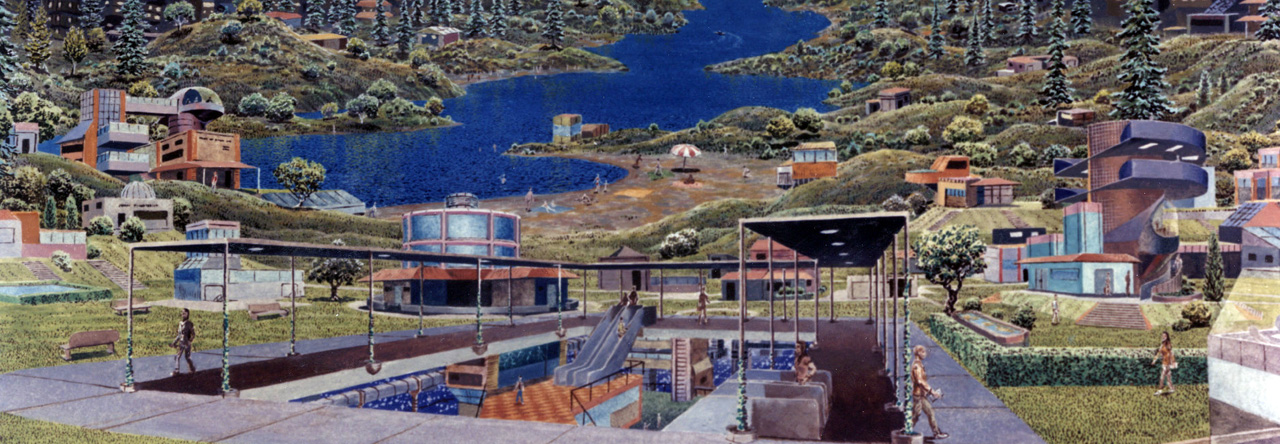
Up and up and … ?
A graph like the one above should make you nervous. A line going nearly straight up indicates a “bubble” situation — and all bubbles must pop. Dot-com bubble, U.S. housing market bubble, Dutch tulip bulb bubble; historically, there are dozens of examples of market bubbles. The above graph references population, not markets, but there are just as many examples of animal population crashes (for example the chilling story of the reindeer of St. Matthew Island in Alaska). Bubble dynamics are always the same; exponential growth is never sustainable, and is thus followed by exponential shrinkage.
Human population can’t go up indefinitely. Something will eventually limit (and reverse) our growth. It might be food, it might be energy, or it might be cultural factors. “Doomers” predict human population decline will be brought on by hard limits to oil and food production, and will be accompanied by chaos, violence, and strife (Thomas Malthus, with his predictions of overpopulation and mass starvation, could be considered the original doomer).
Some, like the environmental writer Fred Pearce, predict a rosier decline. Pearce predicts that voluntary reduced fertility (women choosing to use birth control) will allow human population growth to taper off and eventually decline gradually, with a a minimum of strife. We’ll avert economic catastrophe by working into old age; we’ll “harness older people as a resource.”
My bullshit detector goes off listening to both lines of thinking. The doomers and the optimists are both overlooking important variables. To get a complete picture of human population decline scenarios, what factors do we need to consider?

An overpopulated Coldplay concert.
Read More






